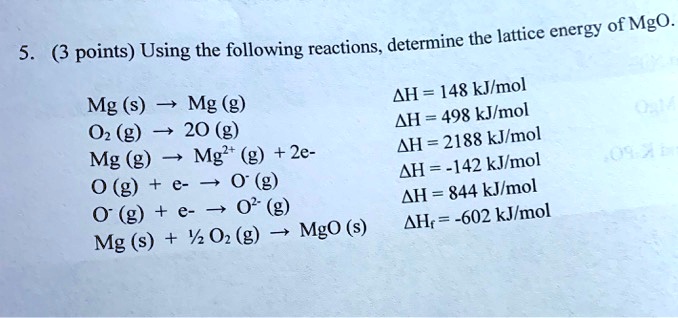

Total energy = Attractive energy + Repulsive energyįor one mole of the ionic crystal U = E total N A This is the Born Lande equation. M = Madelung constant, which is related to the geometry of the crystal Repulsive force where, B = constant, A portion of three-dimensional cubic lattice and its unit cell Where Z + and Z – are the charges on the positive and negative ions,Īttractive energy for a simple lattice of the crystal The ions are treated as point charges, and the electrostatic energy E between two ions of opposite charge is calculated. Theoretical values for lattice energy may be calculated. Lattice energies cannot be measured directly, but experimental values are obtained from thermodynamics data using the Born Haber cycle. Lattice energy is defined as the energy released in the process when the constituent ions are placed in their respective positions in the crystal lattice or, the amount of energy required to separate the solid ionic crystal into its constituent ions. Schematic representation of lattice energy at inter-ionic distance r o For sodium chloride, the lattice energy, U, is equal to the enthalpy change for the reaction. The lattice energy (U) of a crystal is the energy that evolved when one gram of the crystal is formed from gaseous ions.


 0 kommentar(er)
0 kommentar(er)
